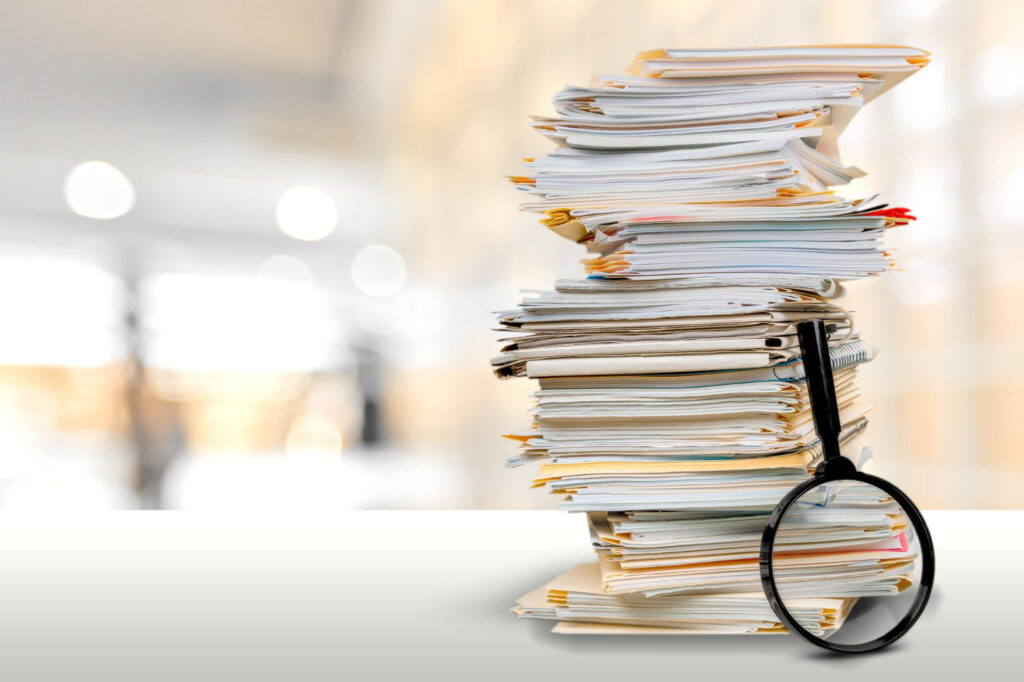One of the most important steps in data analysis is document classification. This process involves grouping documents according to certain criteria, and it has become increasingly important as more data is generated every day. There are several types of document classification methods available, each with its own strengths and weaknesses. From hierarchical categorization to supervised learning and more, this article will discuss these various methods and their different applications.
Supervised Learning
Supervised learning is a method of machine learning where data is labeled and algorithms are used to learn from this data. This approach is often used when there is a large amount of training data available. Supervised learning can be used for classification and regression tasks.
Unsupervised Learning
Unsupervised learning is a type of machine learning that looks for patterns in data without any pre-existing labels. This means that it can be used to discover hidden relationships and groupings within data sets. Common unsupervised learning algorithms include clustering, dimensionality reduction, and association rule learning.
Neural Networks
Neural networks are a type of artificial intelligence that are used to simulate the workings of the human brain. They are able to learn and recognize patterns, and can be trained to perform various tasks such as classification and prediction. Neural networks have been found to be particularly effective in document classification, and can be used to automatically categorize documents based on their content.
Support Vector Machines
There are many different types of document classification methods, but one of the most popular is support vector machines (SVMs). SVMs are a type of supervised learning algorithm that can be used for both regression and classification tasks. The main idea behind SVMs is to find a hyperplane that best separates the data into classes.
SVMs are very versatile and can be used for a variety of tasks, such as text classification, image classification, and even hand-written digit recognition. One of the advantages of SVMs is that they can be tuned to specific datasets, which allows them to outperform other algorithms that might not be as well suited for the data.
If you’re looking for a powerful document classification method, then support vector machines are definitely worth considering.
Bayesian Classifiers
Bayesian classifiers are a type of document classification method that uses Bayesian inference to make predictions. This approach is based on the idea that we can use probability to make predictions about future events, and that our beliefs about these events can be updated as new evidence arises.
There are two main types of Bayesian classifiers: generative and discriminative. Generative models learn the joint distribution of both the input data and the output labels, while discriminative models only learn the conditional distribution of the output labels given the input data.
Both types of classifiers have their advantages and disadvantages. Generative models are often more accurate than discriminative models, but they can be more difficult to train. Discriminative models are usually easier to train, but they may not be as accurate as generative models.
Bayesian classifiers can be used for a variety of document classification tasks, such as text classification, spam filtering, and document categorization.
Rule-Based Classifiers
Rule-based classifiers are a type of document classification method that relies on a set of rules to determine which category a document belongs to. These rules can be based on keyword matching, or they can be more complex rules that take into account the structure and content of the document.
Rule-based classifiers are often used when there is a small number of documents to be classified, or when the categories are well-defined and not likely to change. They can also be used when the documents to be classified are very similar in structure or content.
Comparison of Methods
There are three main types of document classification methods: rule-based, statistical, and neural network. Each approach has its own strengths and weaknesses.
Rule-based methods rely on a set of rules defined by the user. These rules can be based on the structure of the documents, the content of the documents, or a combination of both. Rule-based methods are fast and easy to implement, but they can be difficult to maintain and update as new document types are added.
Statistical methods use statistical analysis to identify patterns in the data. These patterns can be used to classify new documents. Statistical methods are more accurate than rule-based methods, but they can be slower and more resource intensive.
Neural network methods use artificial intelligence to learn how to classify documents. Neural networks can be trained on large data sets and can handle complex classification tasks. However, neural networks can be difficult to design and train, and they require significant computing resources.
Conclusion
To wrap it up, document classification is a powerful tool for businesses that can help to quickly and effectively organize large amounts of data. There are many different types of methods available, from rule-based algorithms to supervised and unsupervised machine learning approaches. The type you choose will depend on your needs as well as the amount of time and resources you have available. With the right approach, document classification can provide invaluable insights into your business operations and allow you to make better decisions in the future.






